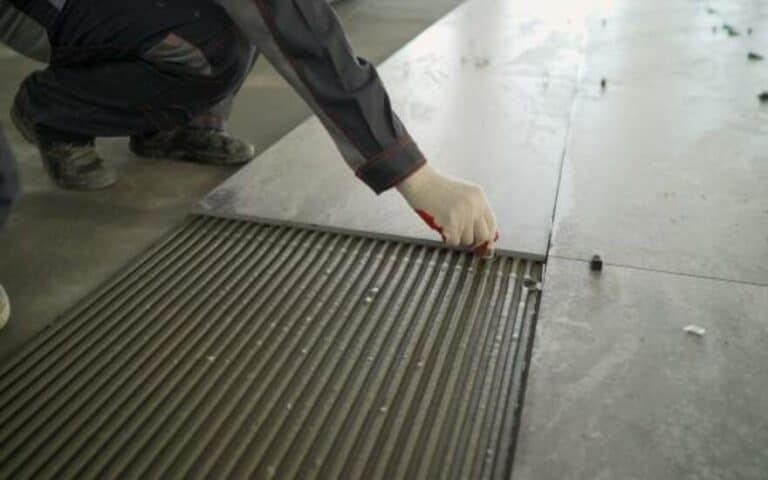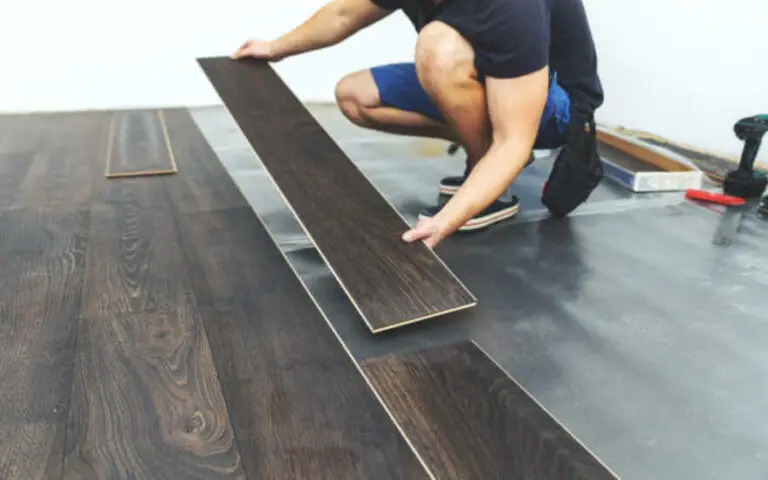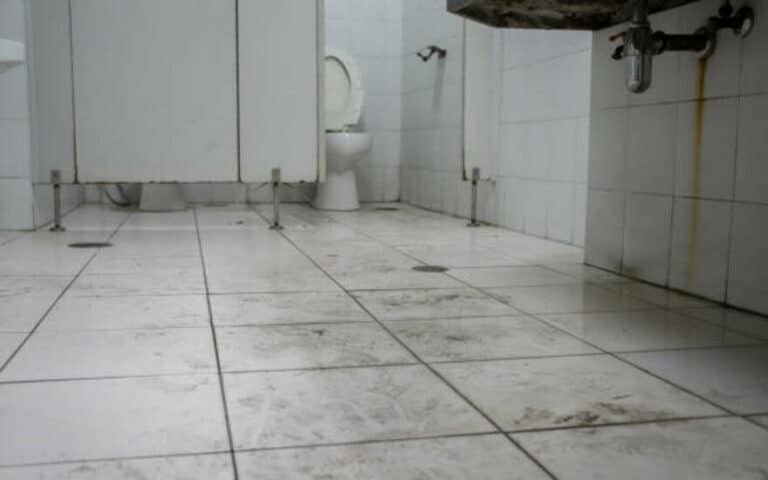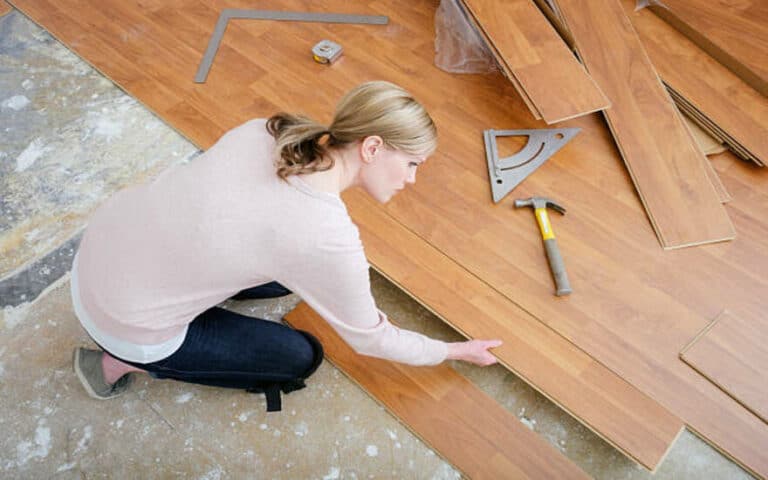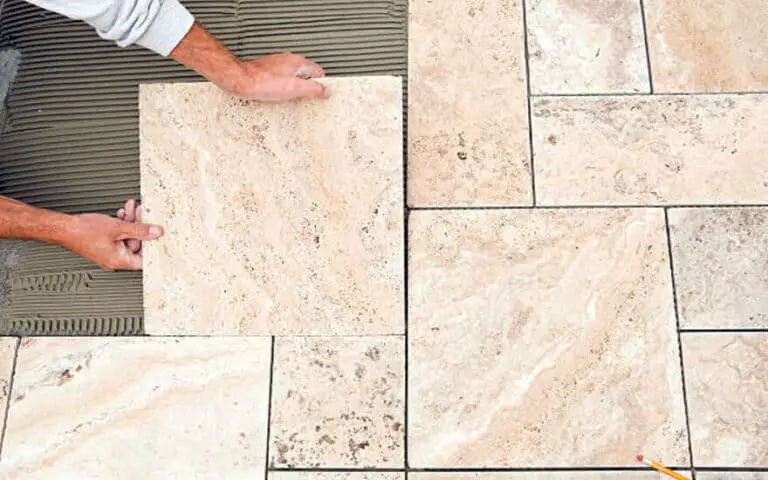In this blog post, I’ll walk you through the signs to look for so that you can accurately determine if your floor is indeed laminate. Let’s get started!
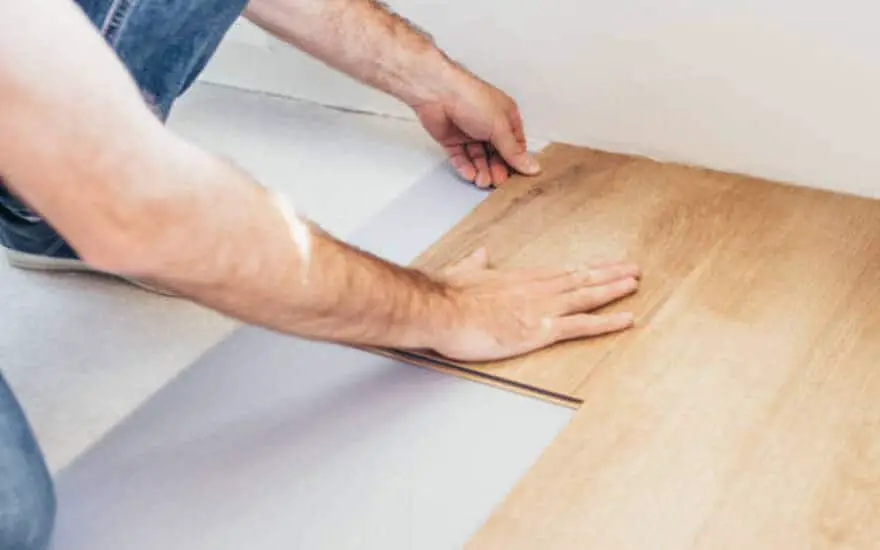
12 Ways to know I have laminate flooring
If you think you have laminate flooring in your home, there are some easy steps you can take to confirm. From checking the material used for flooring to looking at the edges and transitions between the flooring and other surfaces, there are many ways to identify laminate flooring.
Additionally, you should inspect the core of the laminate planks, measure the thickness of the flooring, and check for any water damage. Finally, if you still need clarification, it’s always best to have an expert inspect your flooring and provide you with an accurate assessment.
1. Check the material used for flooring
If you need help determining what flooring you have, the first step is to check the material used. Laminate flooring is typically made of several layers of synthetic materials that are pressed and glued together.
The top layer is usually a printed image that looks like real wood or stone. A clear protective coating follows this layer. The core layer is typically made of high-density fiberboard, and the bottom layer is a stabilizing backing.
2. Look for a tongue-and-groove design
The next thing you should look for to identify laminate flooring is a tongue-and-groove design. Laminate flooring typically comes in interlocking planks or tiles with tongue and groove construction to snap each piece into place.
This construction allows for a tighter fit and a more secure installation. It’s also important to note that the tongue and groove design should run the entire length of the plank or tile. It likely isn’t laminate flooring if any part of it needs to be added.
3. Check the gloss or shine of the flooring
If you’re looking to pick up the shine of your laminate flooring, Quick Shine® Multi-Surface Floor Finish is a great way to protect and enhance the look of your vinyl. Additionally, if you’re unsure of the gloss level of your laminate flooring, you can purchase high gloss for a shiny look or low gloss for a matte look.
4. Look for a floating floor installation
One of the most common ways to install laminate flooring is with a floating floor system. This means the planks are not glued or nailed down but interlocked and “float” on top of a thin foam pad or underlayment.
If you need clarification on whether your flooring is a floating system, you can look for signs such as the planks not being perfectly aligned or slight gaps between them. Additionally, if you lift a corner of the plank, you should be able to see the underlayment underneath.
5. Check for wood grain or other patterns
The fourth way to determine if you have laminate flooring is to look for wood grain or other patterns. High-quality laminate floors have an elaborate wood grain, which looks deceptively similar to real wood flooring and gives the floor a structure.
It may not be obvious immediately, but that’s only because the pattern should be large and scattered. If they are reoccurring, then you might have a composite floor. To identify the pattern, use a tape measure to determine the room’s length and width, and then multiply the length by the width to get your square footage.
6. Check for any water damage
If you suspect you have laminate flooring or are looking to buy new flooring, it is important to check for any water damage. This can be done by looking for signs of mold growth, such as a musky odor and discoloration in the form of black or dark green streaks in-between the flooring planks. You may also see areas bubbling around the planks’ edges due to direct water damage.
7. Inspect the edges and transitions between the flooring and other surfaces
Inspecting the edges and transitions between the laminate flooring and other surfaces is important when determining if you have laminate flooring. Most laminate floors have various transitions, saddles, and nosings where the laminate meets other surfaces such as tile, carpet, or stairs.
Additionally, check for any shoe moldings that may have been installed to provide a transition between two different flooring materials. It’s also important to use a level to check that the floor is level and use a straightedge to find more than 1/8-inch high or low areas. By inspecting these areas, you can ensure that your laminate flooring will look great and last for years.
8. Look for signs of wear and tear
Now that you know how to identify laminate flooring, it’s time to take a closer look at the condition of the floor. Look for signs of wear and tear, such as scratches, chips, dents, or discoloration. These could indicate that the floor is beginning to deteriorate and may require repairs or replacement.
Additionally, check for any loose boards, which could indicate that the floor was installed improperly. If you notice any signs of wear and tear on your laminate flooring, have it inspected by an expert to determine the best course of action.
9. Measure the thickness of the flooring
It’s important to measure the thickness of your laminate flooring to ensure you have the best quality. Laminate flooring ranges from 6 mm to 12 mm; as a rule, it shouldn’t be less than 8 mm.
Remember, thicker laminate doesn’t mean it’s more durable, but it will be more resistant to warping and other conditions. To measure the thickness of your laminate flooring, use a millimeter ruler to get an accurate reading.
10. Inspect the core of the laminate planks
If you still need to determine whether you have laminate flooring, you can also inspect the core of the laminate planks. The core of the plank is usually made of high-density fiberboard or chipboard and is usually colored brown or gray.
If the core is made of this material, it’s likely a laminate floor. Additionally, if you find any other signs of laminate floorings, such as a tongue-and-groove design and a floating installation, then it’s almost certain that you have laminate flooring.
11. Look for a manufacturer’s warranty
When deciding on a flooring material, it’s crucial to weigh the pros and downsides of each choice. When installed in a domestic setting, JenFloor’s laminate flooring is covered by a 15-year guarantee, whereas our commercial laminate flooring warranty is for just five years. This warranty guarantees that your new floors should last for at least ten years or more.
12. Have an expert inspect your flooring
Before you make any decisions regarding your laminate flooring, it is best to have a professional inspect your floor. They can help determine if the flooring is laminate or not, as well as identify any potential issues, such as warping or damage, that may need to be addressed. They can also advise on how to properly maintain and care for your laminate flooring.
With an expert inspection, you can rest assured that you’re getting the best advice and care for your laminate flooring.
Summary
If you need clarification on whether or not you have laminate flooring, there are several ways to check. It would be best if you were looking for the material used for flooring, a tongue-and-groove design, a glossy shine, a floating floor installation, wood grain or other patterns, water damage, wear and tear, and thickness of the flooring. It would be best if you also inspected the edges and transitions between the flooring and other surfaces and the core of the laminate planks.
Lastly, it would be best to look for any manufacturer’s warranty or have an expert inspect your flooring. With these tips in mind, you can make an informed decision regarding your laminate flooring.

